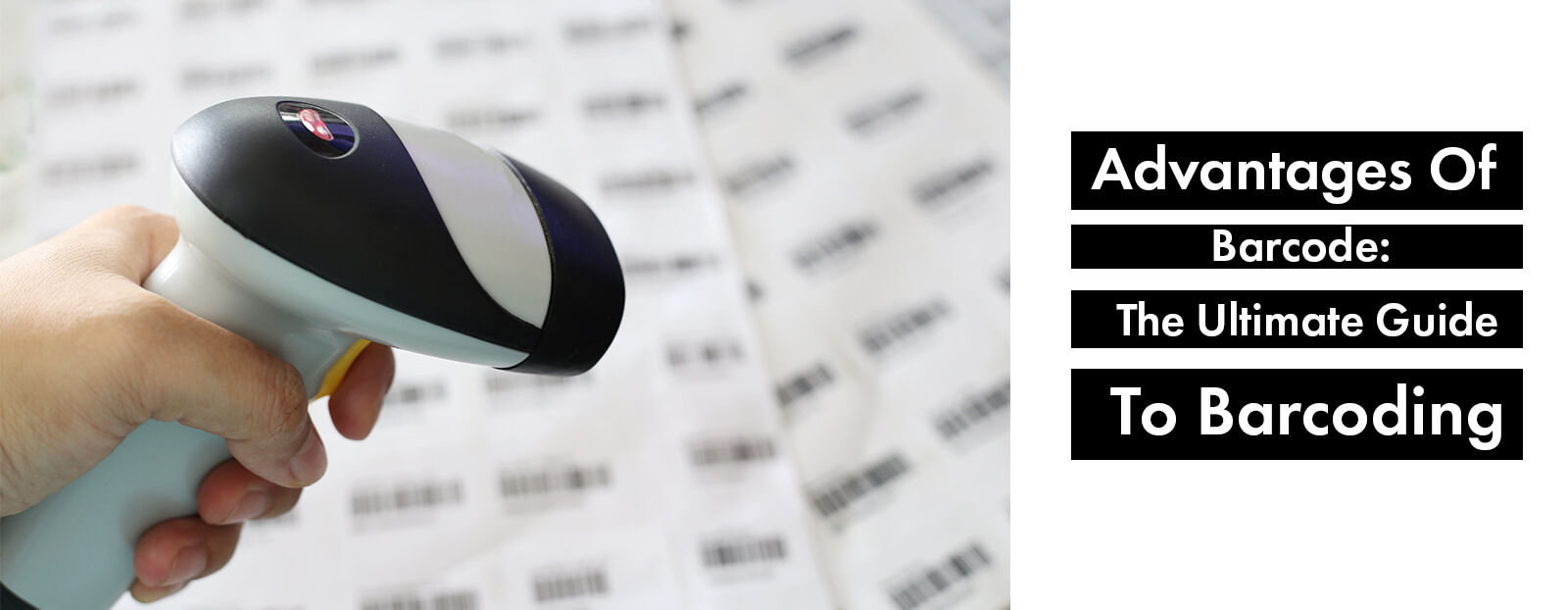
Advantages Of Barcode: The Ultimate Guide To Barcoding
The sellers are breathing a sigh of relief, thanks to the developing technology. Gone are the days when it took more time for ‘billing’ than shopping. We have a saviour in town…Barcode! This time-saver technology will reduce labour and increase the working time. Think of Barcodes as a ‘one-time investment’ thing and to add to this it takes really less time to install. If you are having second thoughts about how useful barcodes will be for your small business, then get all your doubts cleared here.
When you purchase an item from any store, you will notice a label with thin black lines across it along with a series of numbers. When this label is scanned by the cashier, the description of the item and cost appears on the screen. This black and white lined label is called a ‘barcode’ and it is used to read data simply by scanning those lines. The barcode has many uses although most of us might think they are used exclusive for grocery or department store items. Barcodes are becoming more and more common in every consumer and producer’s life. It is important to understand why these barcodes are getting increasingly popular.